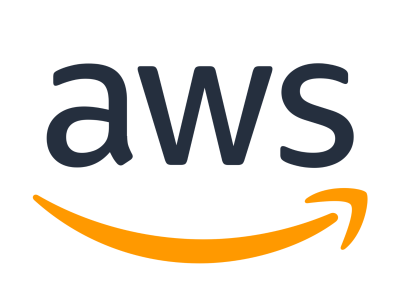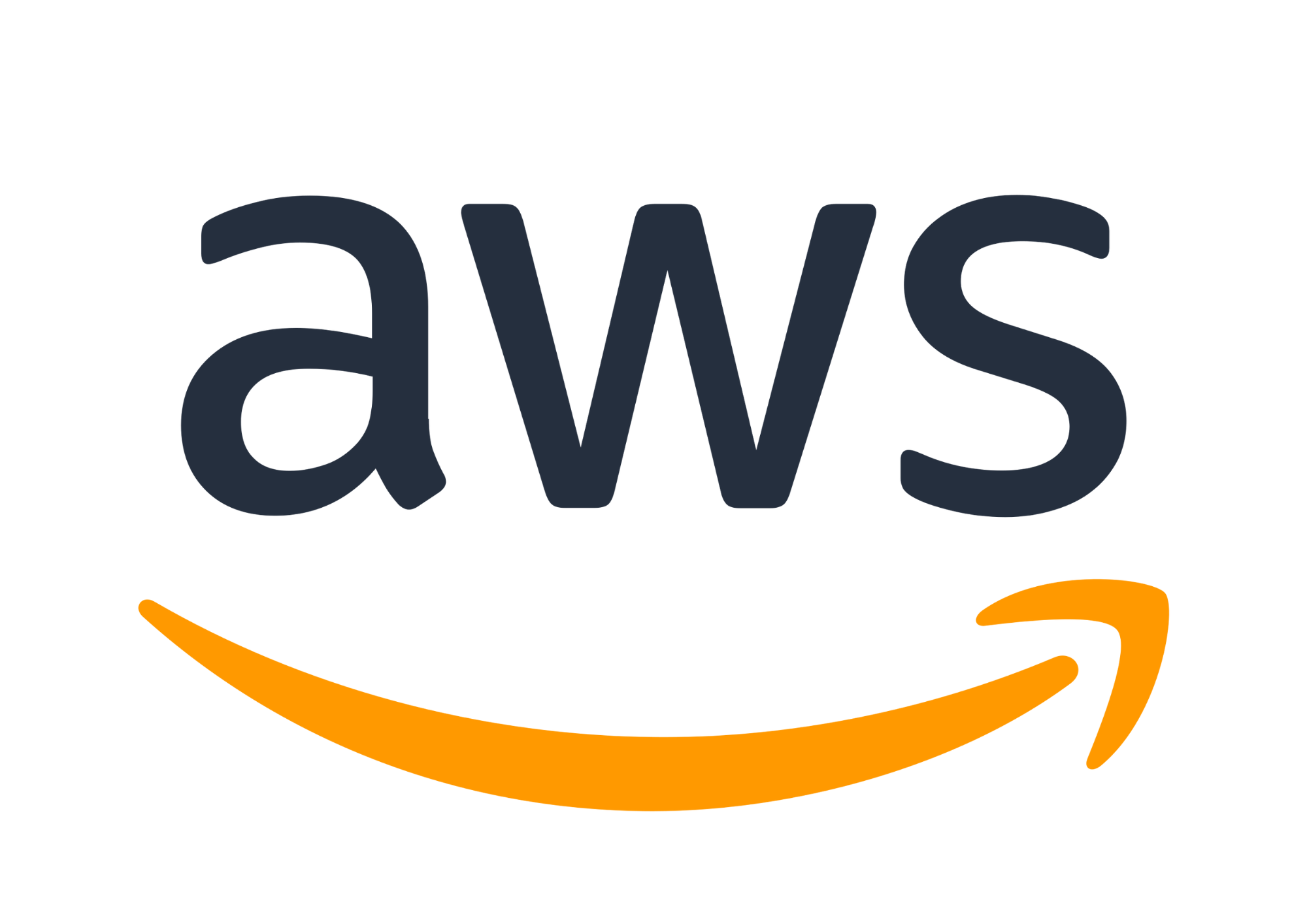The AWS outage in October 2025 had a widespread impact, affecting everything from enterprise workloads to consumer platforms, countless digital services went dark as Amazon Web Services (AWS) fought to restore operations in its Northern Virginia (us-east-1) region. Amazon’s post-incident report revealed a subtle but severe race condition in DynamoDB’s automated DNS management system.
For marketing teams and digital-first brands, this was more than a tech failure, it was a lesson in digital resilience, transparency, and trust. Even the most advanced infrastructure can falter, but how brands prepare and communicate during crises defines long-term loyalty.
Amazon Shares Details on Service Failure and Recovery

Amazon has informed customers that this week’s outage was caused by a subtle bug in the automation responsible for managing DNS records for DynamoDB endpoints in the US-East-1 region. According to their post-event summary, two automated systems simultaneously tried to update the same DNS record, resulting in a race condition that created an empty entry and broke connections to DynamoDB’s API for thousands of sites and apps.
The automated system failed to self-correct, so engineers had to manually restore the DNS record. Amazon explained that this initial breakdown in DynamoDB set off a ripple effect across other AWS services, making it impossible for many applications, including messaging, finance, and gaming platforms—to function normally. AWS has stated it’s implementing new safeguards to prevent similar automation conflicts and further improve service reliability going forward.
What Happened During The AWS Outage
The AWS disruption started late at night on October 19 and lasted nearly 15 hours, causing major problems for thousands of websites and apps. The outage began with a DNS issue that broke connections to DynamoDB, a key database service for many platforms. This quickly affected other Amazon cloud services, leaving businesses and consumers unable to access important features and tools.
Streaming and Gaming Platforms
Popular apps like Netflix, Twitch, Fortnite, and Roblox went offline. Gamers were locked out, unable to play or connect with friends, while streaming fans coped with buffering loops and sudden logouts.
E-Commerce and Retail
Shopify and Etsy, along with several banking apps, saw failed checkouts and transaction errors. Some restaurants, like Cattleman’s Roadhouse, couldn’t process card payments, forcing staff to comp meals and deal with frustrated customers.
Smart Devices and Daily Apps
Tools like Alexa, Ring smart cameras, and the McDonald’s loyalty app stopped working, leaving users unable to check their homes, access schedules, or even order food as usual.
Financial and Health Services
Companies such as Coinbase, PayPal, and Venmo struggled with payment processing. Even scheduling at clinics took much longer, impacting patient service and daily routines.
Find the Full Report Here
How the Outage Cascaded

Because so many AWS services depend on DynamoDB, the failure triggered widespread effects.
Amazon EC2:
EC2’s Droplet Workflow Manager lost lease renewal capabilities, halting new instance launches. Even after DynamoDB’s fix, recovery was delayed by network-state backlog until 1:50 PM PDT.
Network Load Balancer (NLB):
NLB’s health-check subsystem misread delayed updates as node failures, causing unnecessary DNS failovers and removing healthy capacity until engineers intervened.
Lambda, ECS, EKS, and Fargate:
Serverless and container platforms faced function and container launch failures. Event sources like SQS and Kinesis built backlogs and throttled invocations until 2:15 PM PDT.
IAM, STS, and Console Access:
Authentication services, including IAM and STS, were briefly unable to process logins, affecting customers and internal AWS teams.
Amazon Connect, Redshift, and Support Systems:
Amazon Connect call routing failed between 11:56 PM and 1:20 PM, Redshift clusters stalled due to credential refresh errors, and AWS Support Center blocked legitimate users during regional failover.
AWS’s Corrective Actions
AWS announced several systemic improvements to prevent future incidents:
- DNS Automation Overhaul: DNS Planner and Enactor systems disabled globally pending safeguards against plan overwrites.
- NLB Velocity Controls: Limits added to prevent excessive capacity removal during health-check failovers.
- EC2 Recovery Testing: New load simulations introduced to prevent workflow congestion.
- Adaptive Throttling: EC2 data propagation now scales dynamically to protect system health during recovery surges.
These changes reflect AWS’s effort to improve fault tolerance and recovery across its global network.
Why It Matters for Marketers and Brands
The outage highlights a critical truth: digital infrastructure and brand reputation are inseparable. When cloud platforms fail, so does user trust.
- Brand Reliability = Business Continuity
Even if your company doesn’t host directly on AWS, your marketing stack, from CRM to automation, probably does. Redundancy, backups, and vendor monitoring are essential to safeguard continuity. - Communication Builds Trust
When AWS went down, many companies went silent. Brands that communicated openly and empathetically retained customer confidence. Clear communication during crises is a powerful marketing asset. - Automation Needs Oversight
AWS’s automation error caused global disruption, marketing automation can do the same on a smaller scale. Oversight ensures your systems amplify your brand, not damage it. - Transparency Strengthens Credibility
AWS’s detailed post-mortem is a model for corporate accountability. Owning mistakes publicly signals integrity, not weakness, a lesson brands can apply to crisis management and customer relations alike.
Making Infrastructure Part of Your Marketing Strategy

The incident was a wake-up call for marketing agencies and digital-first brands, showing that even the most creative campaign is only as strong as the platform beneath it. When thousands of businesses lost access to their websites, analytics tools, and customer portals, it became clear that reliability and technical continuity are essential components of brand reputation and client loyalty.
Progressive marketers are now recognizing that stable infrastructure and effective cloud management are essential foundations of any successful marketing strategy, on par with great storytelling and design. Agencies understand that even brief downtime can disrupt customer journeys, halt sales processes, and erode client confidence.
At The Growth Shark, we combine creative storytelling with robust digital infrastructure strategies to keep your brand thriving, no matter the challenges. Get in touch to learn how we can help future-proof your brand and accelerate growth with confidence.








